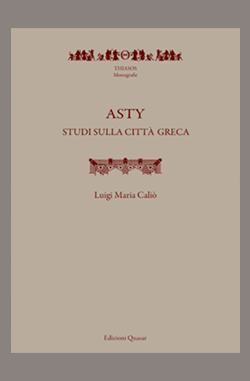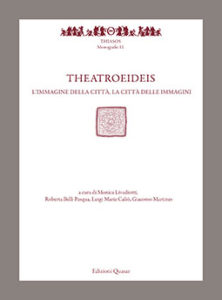 Vol. 11/ Monica Livadiotti, Roberta Belli Pasqua, Luigi Maria Caliò, Giacomo Martines (a cura di), Theatroeideis. L’immagine della città, la città delle immagini. Atti del Convegno Internazionale, Bari, 15-19 giugno 2016, Thiasos Monografie 11, voll. I-IV, ed. Quasar, Roma 2018
Vol. 11/ Monica Livadiotti, Roberta Belli Pasqua, Luigi Maria Caliò, Giacomo Martines (a cura di), Theatroeideis. L’immagine della città, la città delle immagini. Atti del Convegno Internazionale, Bari, 15-19 giugno 2016, Thiasos Monografie 11, voll. I-IV, ed. Quasar, Roma 2018
vol. 11.I. L’immagine della città greca ed ellenistica, ISBN 978-88-7140-901-6, e-ISBN 978-88-7140-902-3
vol. 11.II. L’immagine della città romana e medievale, ISBN 978-88-7140-903-0, e-ISBN 978-88-7140-904-7
vol. 11.III. L’immagine della città moderna, ISBN 978-88-7140-905-4, e-ISBN 978-88-7140-906-1
vol. 11.IV. L’immagine della città dal ‘900 ad oggi, ISBN 978-88-7140-907-8, e-ISBN 978-88-7140-908-5
Il Convegno, svoltosi a Bari tra il 15 e il 19 giugno 2016, presso il Dipartimento di Scienze dell’Ingegneria Civile e dell’Architettura del Politecnico di Bari (DICAR), è stato organizzato nell’ambito delle attività seminariali della Scuola di Specializzazione in Beni Architettonici e del Paesaggio del Politecnico di Bari, con la collaborazione del DICAR e dello CSSAR – Centro di Studi per la Storia dell’Architettura.
La call for paper ha subito riscosso notevole interesse e i cinque giorni in cui si è svolto il Convegno sono stati molto densi. Per la pubblicazione degli Atti, editi in quattro tomi che insieme compongono il volume XI della collana delle Monografie di Thiasos, sono pervenute proposte da 135 autori, provenienti da diversi paesi (Italia, Grecia, Danimarca, Spagna, Turchia) e diverse sedi universitarie ed Enti di ricerca.
Il convegno si era proposto di indagare il senso dell’architettura e della pianificazione scenografica nella città occidentale dall’antichità al mondo contemporaneo, sia in relazione alle scelte architettoniche e progettuali, sia alle funzioni e ai significati sociali e culturali che di volta in volta la città e la sua società assumono.
I diversi filoni che è stato possibile individuare nei contributi presentati hanno riguardato il tema dell’architettura e il suo rinnovamento nelle forme e negli spazi; il cambiamento delle tecniche costruttive e delle attività di cantiere, la ricerca di forme architettoniche, l’adozione di nuove spazialità che si distribuiscono tra piazze e percorsi urbani. In tutte le epoche, l’architettura è stata indagata all’interno del rinnovamento urbano, non tanto come momento episodico o puntuale, quanto come riqualificazione urbana che interessa complessi privati e pubblici. Un’interessante sezione è dedicata, nei diversi periodi, alla città cerimoniale e al rapporto tra spazio e vita sociale: ritualità, feste e percorsi processionali. L’architettura vissuta si forgia di nuove accezioni e instaura un rapporto dinamico con il sostrato sociale della città. Le cerimonie a loro volta ricevono importanti significati dai luoghi, dalle architetture e dalle loro immagini.
L’intenzione dei curatori era di trattare il tema dell’immagine della città in modo diacronico e interdisciplinare e, con la partecipazione di storici dell’architettura, archeologi, storici dell’arte, storici della musica, architetti progettisti, architetti restauratori, l’obiettivo è stato sostanzialmente raggiunto.
Scarica il .pdf con la presentazione e i sommari dei quattro volumi e l’elenco alfabetico degli autori: Anteprima Theatroeideis.pdf
Per acquistare il volume: Quasar

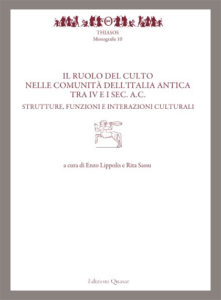
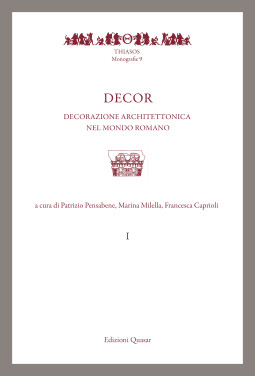
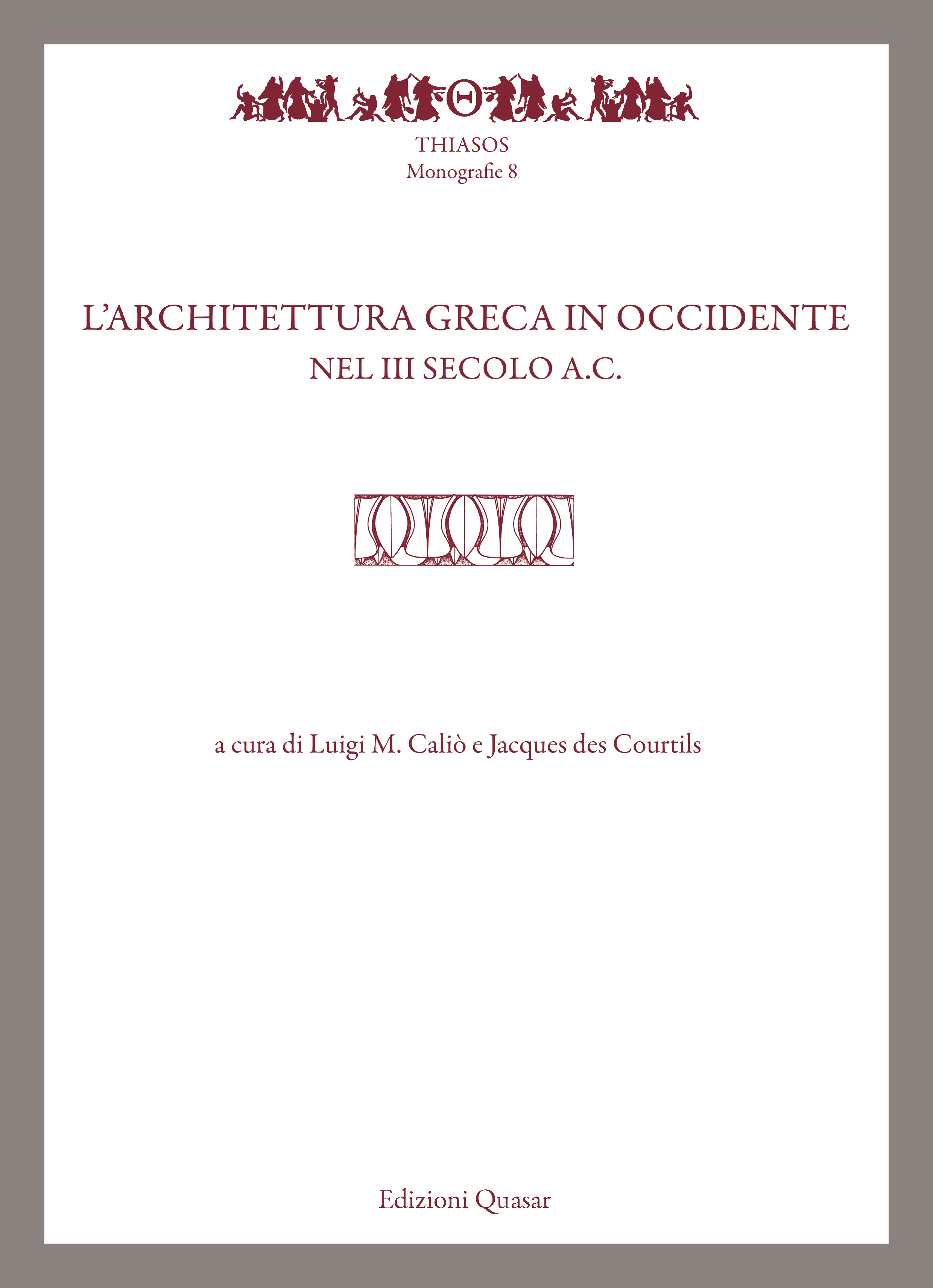
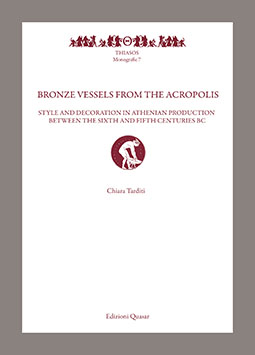
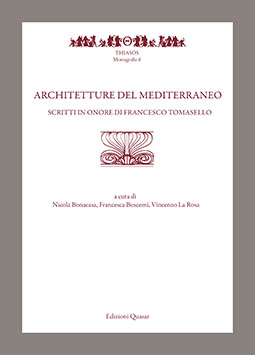
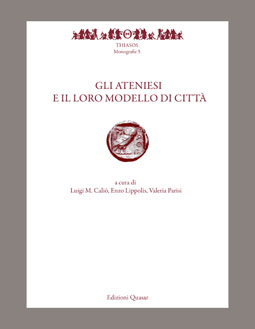
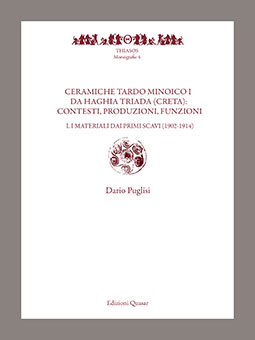
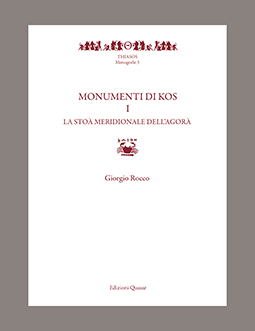 G. Rocco, Monumenti di Kos I. La Stoà Meridionale dell’agorà, Thiasos, Monografie 3, 2013, pp. 1-194 + 3 tavv. f.t.
G. Rocco, Monumenti di Kos I. La Stoà Meridionale dell’agorà, Thiasos, Monografie 3, 2013, pp. 1-194 + 3 tavv. f.t.